International
‘Gaby’ Carrizo, the unpopular ruling presidential candidate for the Presidency of Panama
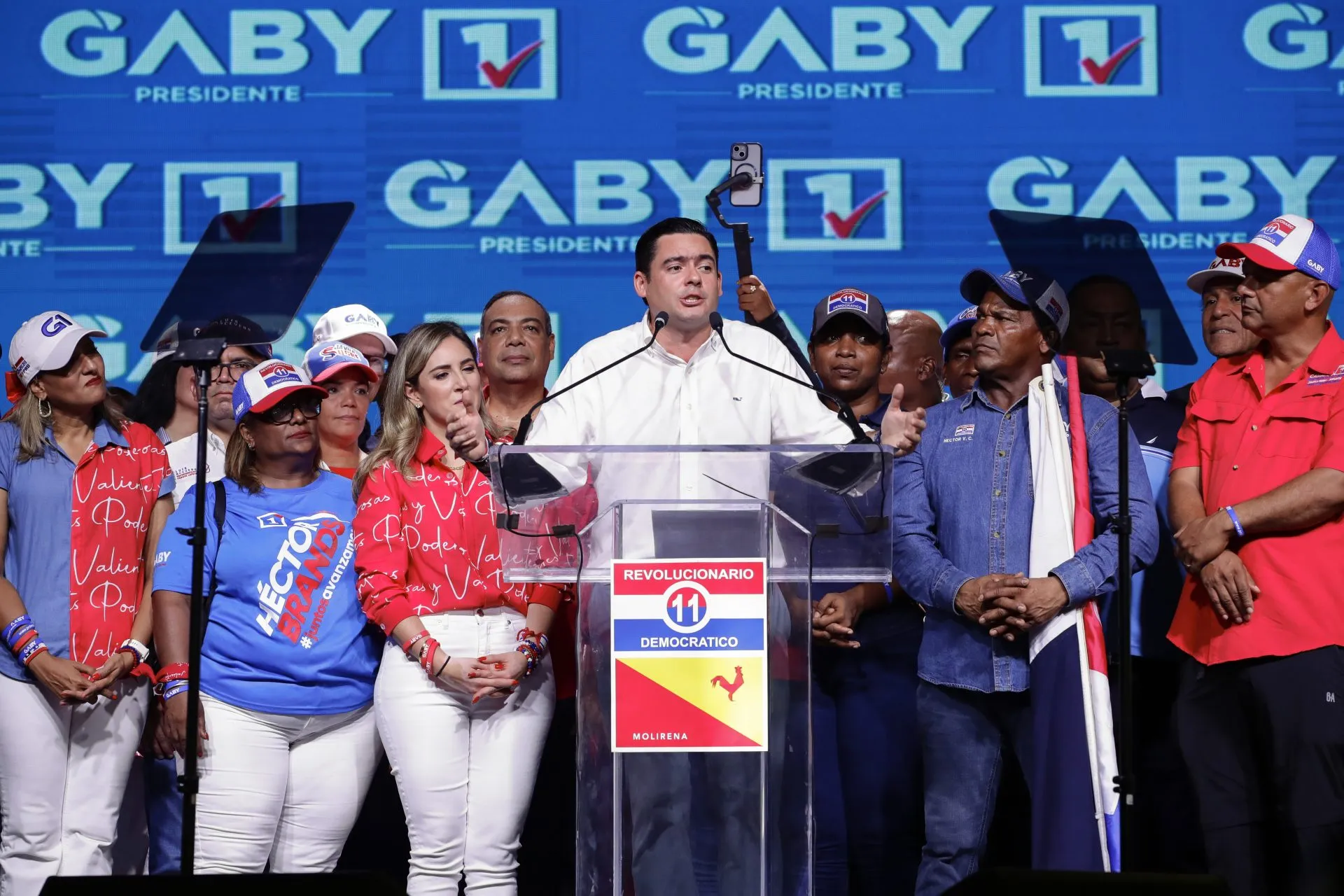
José Gabriel Carrizo, the current Panamanian vice president, better known as ‘Gaby’, aspires to the historic Democratic Revolutionary Party (PRD) to lead Panama again for another five years after next Sunday’s elections, in which he participates with low popularity rates.
Carrizo, the ruling party’s candidate for the Presidency in conjunction with the Molinera party, and who this Wednesday closes his campaign in Panama City, is at the queue of the polls among the five candidates with options, although the strong base of the PRD in the country, the party of the iconic general Omar Torrijos, cannot be underestimated.
The polls that ‘Gaby’ does lead are those of rejection, with between 50% and 60% of the participants in some surveys who assured that they would “never” vote for him.
“Don’t eat a story (…) we are going to win the elections in a forceful way,” Carrizo said on Wednesday at the closing ceremony of the campaign before a mass of members of the PRD, and assured that the polls “really that they do not want to publish” predict that triumph.
A lawyer by profession, he has been a member of the majority party of Panama since 2007 and in 2019 he became the youngest vice president in Panamanian history at just 36 years old, after Laurentino Cortizo won that year’s elections.
‘Gaby’, 40, has had a lot of visibility within the Executive, which has led to it being popularly pointed out as one of the main faces behind the different scandals that have enveloped the current Government since its inception and that increased with the COVID-19 pandemic.
That year, Carrizo defended the transparent management of the $1,457 million approved during 2020 to combat the pandemic in Panama.
Carrizo has also had a step run over by the presidential debates or during interviews with some media, when making mistakes when explaining his proposals, defending for example that “Panama is safer than France” or that they want to “pass Panama from the first world to the third world.”
This triggered a wave of jokes on social networks that the same candidate used in his favor to campaign with humor, a tone of his political strategy.
In the third and final debate he made the decision not to participate, arguing that José Raúl Mulino, candidate who leads the polls for the Realizing Goals party and substitute for the disabled former President Ricardo Martinelli (2009 – 2014), did not join the debate, as he had not done in the previous ones.
“In the case of the vice president candidate, I think he was looking for an excuse not to come because the last interventions have really been disastrous for him,” José Blandón, the running mate for vice president of Rómulo Roux of Democratic Change, told EFE after the debate.
The youngest of the eight candidates for the Presidency, starts with his main proposal to reduce the working week by maintaining 40 hours in fewer days, a system similar to the one already implemented in some European countries: “Work four days, pound three,” he says on his advertising posters and social networks.
Carrizo has given continuous mass baths in the provinces of Panama during his campaign explaining his electoral promises, which include that cut in working days, salary increases – including for security groups -, free medicines and promotion of tourism, among others.
“When you ask how much 4×8 is (referring to the ruling you had in one of the debates by saying 40 and not 32) answer that there are a thousand sticks (tickets) for your pocket,” the candidate shouts eagerly in one of his videos.
International
Venezuela mobilizes forces nationwide as tensions with U.S. rise
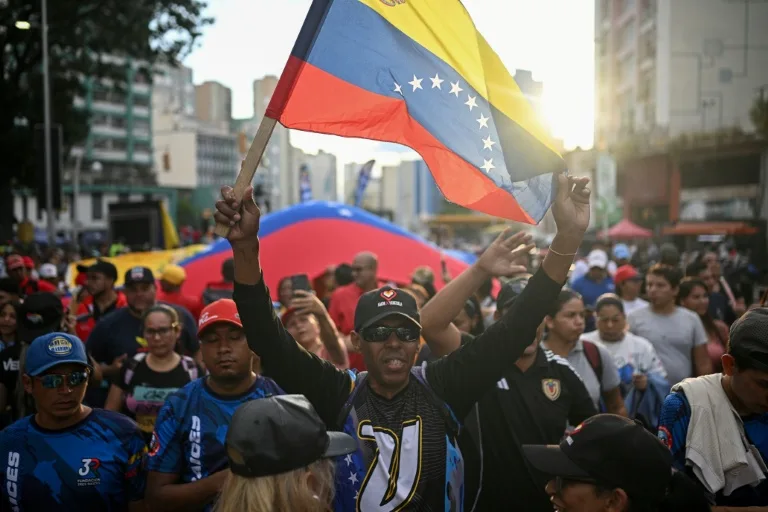
Venezuela’s armed forces launched a “massive” nationwide deployment on Tuesday in response to what the government calls “imperialist threats” from the United States, which continues its anti-drug military operation in the region and is preparing for the arrival of its most advanced aircraft carrier.
Since late August, U.S. forces have maintained a growing presence in the Caribbean to combat alleged drug trafficking originating from Colombia and Venezuela. The operation has resulted in the bombing of 20 vessels in international waters in the Caribbean and Pacific, leaving 76 people dead.
Venezuelan authorities claim the U.S. mission is aimed at toppling President Nicolás Maduro. While insisting he seeks peace, Maduro has repeatedly warned the country is prepared to defend itself and has frequently showcased military activities.
A statement from Venezuela’s Defense Ministry said the deployment includes land, air, naval, river and missile systems; armed forces units; the Bolivarian militia; and additional police, military and civilian defense structures.
State broadcaster VTV aired speeches from military leaders in various states, along with images of troops mobilizing and equipment being positioned.
However, analysts note that these frequent and highly publicized announcements do not always lead to visible operations on the ground.
On Monday, Maduro cautioned that Venezuela has the “strength and power” to respond to any aggression, including mobilizing civilians. “If imperialism were to strike and do harm, from the moment the order is given, the entire Venezuelan people would mobilize and fight,” he warned.
International
Jara: “Real toughness” means targeting drug money in Chile’s crime fight
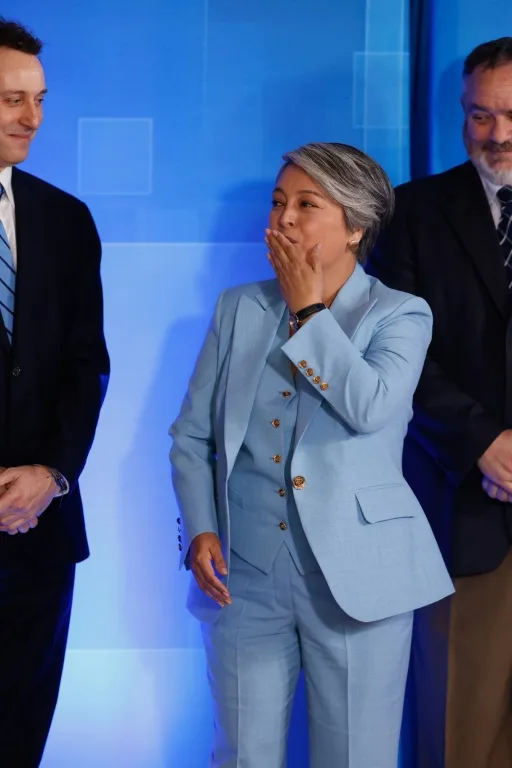
Left-wing presidential candidate Jeannette Jara said during Chile’s final debate on Monday that the “real tough approach” to crime is to go after the financial networks behind drug trafficking and organized crime.
Rising crime, often linked in public discourse to a surge in irregular migration, has become the top concern among Chileans and has dominated the election campaign.
Although Chile’s homicide rate has nearly tripled over the past decade — from 2.5 to 6.7 per 100,000 inhabitants — the country remains one of the safest in Latin America, according to the United Nations.
“I want to call on the right-wing candidates to join us in targeting those who control the money behind drug trafficking and organized crime. That is real tough action,” Jara, who is favored to win Sunday’s first-round vote, declared during the debate.
All eight candidates faced off on Monday night in the final televised confrontation before the election.
Polls — unavailable since they were suspended on November 2 — indicate that far-right candidate José Antonio Kast is likely to finish second behind Jara, but would hold the advantage in a potential December 14 runoff.
Kast is expected to consolidate support from three other right-wing contenders: Evelyn Matthei, Johannes Kaiser and Franco Parisi.
International
Investigation widens after Michoacán mayor’s killer shot post-arrest
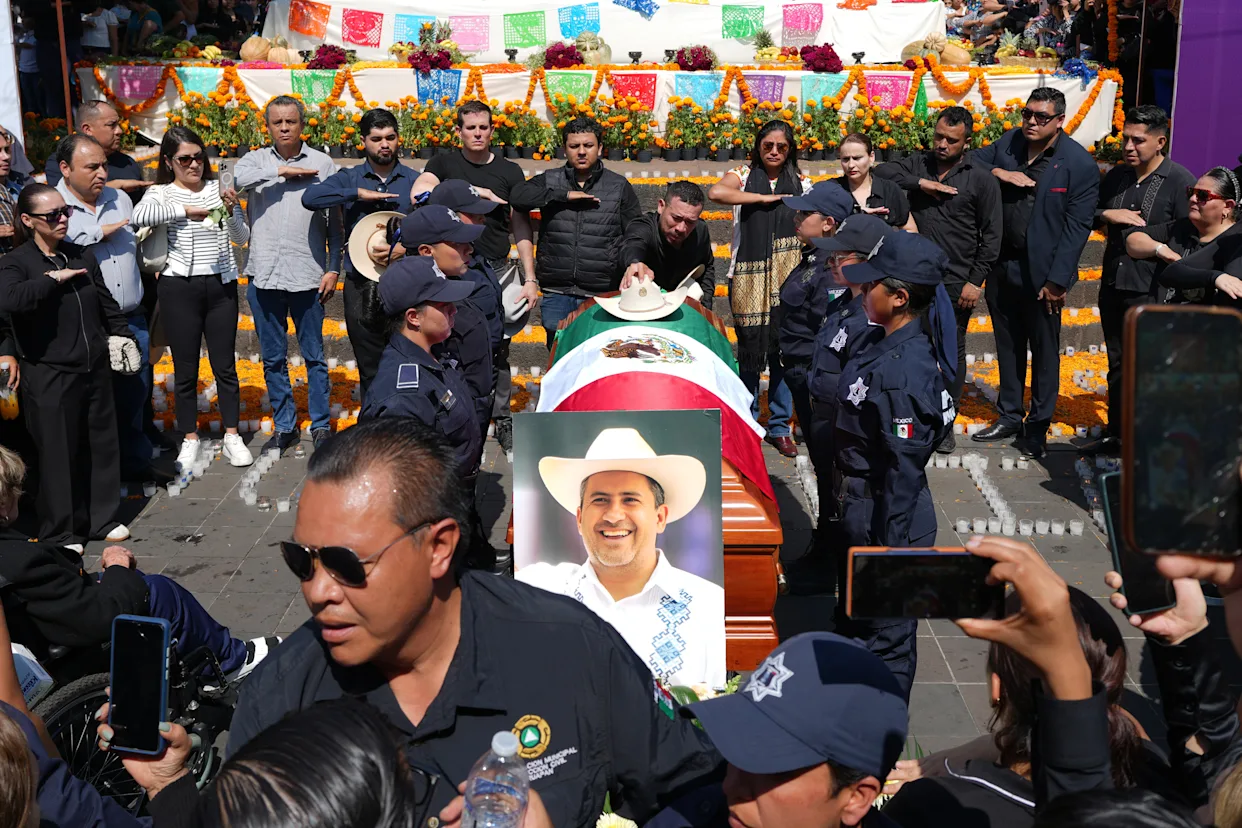
Mexico’s Security Secretary Omar García Harfuch said Tuesday that the investigation into the killing of a popular mayor from the western state of Michoacán now also includes his security detail. The announcement comes after the governor said the alleged attacker — a 17-year-old — was shot dead after having already been detained.
“The municipal police officers who formed the mayor’s first security ring will give new statements,” García Harfuch said during the president’s daily morning press briefing, noting that includes the officer who admitted firing at the assailant.
He added that authorities are examining both the weapon that killed the attacker and the one that fatally shot the mayor. He did not clarify whether the 14 National Guard members assigned to the mayor’s protection are also under investigation.
Carlos Manzo, mayor of the city of Uruapan, about 400 kilometers west of Mexico City, was gunned down the night of November 1 while surrounded by dozens of people taking part in Day of the Dead festivities.
Governor Alfredo Ramírez Bedolla said Monday that investigators are trying to determine why lethal force was used on the attacker and whether it was excessive. “The killer was detained and moments later there was a struggle and a single shot that killed the assailant,” he said.
Authorities are also reviewing “what happened that led to a lapse or weakening in the mayor’s security cordon,” the governor added, noting that the eight municipal bodyguards were personally chosen by Manzo.
-

 Internacionales3 days ago
Internacionales3 days agoEl Salvador sends medical Aid and relief teams to Jamaica after hurricane Melissa
-
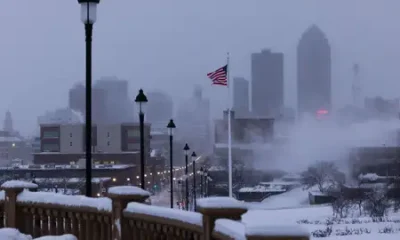
 International23 hours ago
International23 hours agoRecord cold wave freezes Eastern U.S., iguanas falling from trees in Florida
-
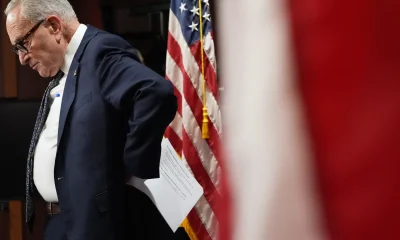
 International2 days ago
International2 days agoU.S. Senate holds emergency session as shutdown threatens economy
-
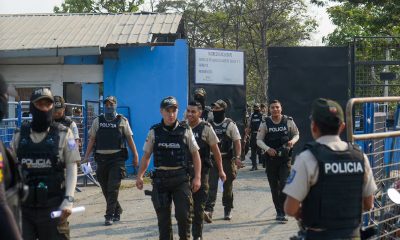
 International2 days ago
International2 days agoFour dead, 44 injured in riot at Ecuador prison as gang violence intensifies
-
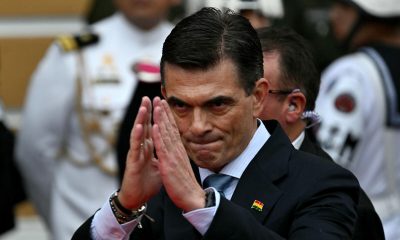
 Internacionales3 days ago
Internacionales3 days agoU.S. to restore ambassador-level relations with Bolivia after 17 years
-
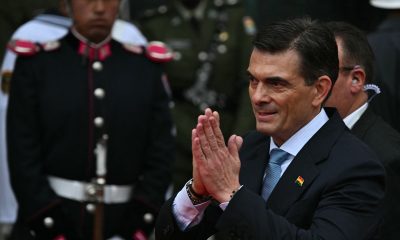
 Internacionales3 days ago
Internacionales3 days agoRodrigo Paz takes office in Bolivia, ending 20 years of Socialist Rule
-
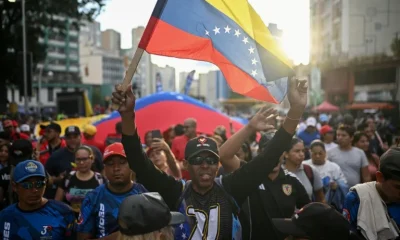
 International11 hours ago
International11 hours agoVenezuela mobilizes forces nationwide as tensions with U.S. rise
-
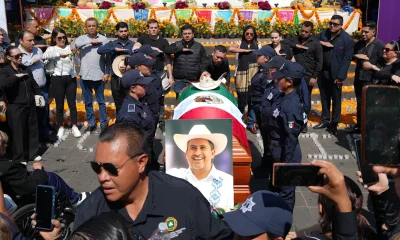
 International11 hours ago
International11 hours agoInvestigation widens after Michoacán mayor’s killer shot post-arrest
-

 International11 hours ago
International11 hours agoUSS Gerald R. Ford arrives in Latin America amid rising U.S. military presence
-
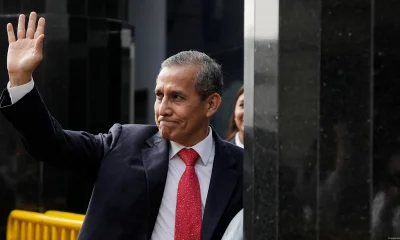
 International23 hours ago
International23 hours agoPeru opens new probe into ex-president Humala over killings and forced disappearances
-
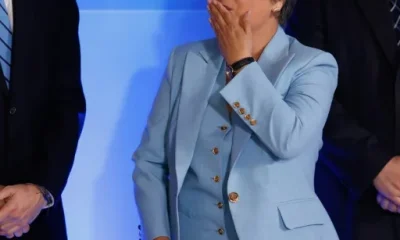
 International11 hours ago
International11 hours agoJara: “Real toughness” means targeting drug money in Chile’s crime fight






























